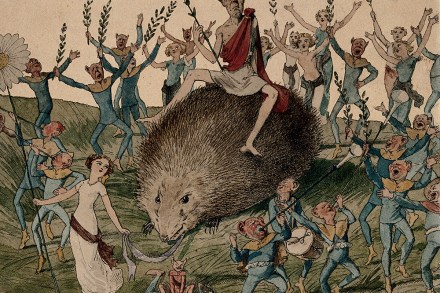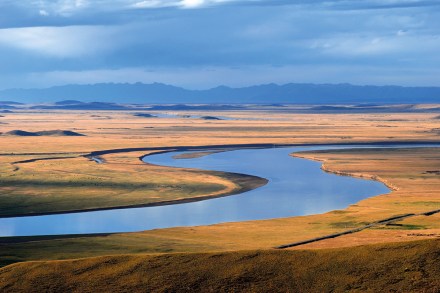Hell is other tourists in Antarctica
My first love was a penguin. Pengwee was an adorable brown and white emperor chick who had my heart and broke it the day he dived into the bath. After a week in the airing cupboard he smelled of fish – surprising in a soft toy. But then penguins are surprising. Towards the end of the Cretaceous period, 65 million years ago in Zealandia, a fragment of the Gondwana supercontinent, penguins waddled off along their own evolutionary path. Other birds flew through air; penguins flew through water. Natural selection pi-pi-pimped up the penguin (sorry) to astonishing specialisation. Hunting in black oceanic deeps, many species can see in ultraviolet. Kings and




















